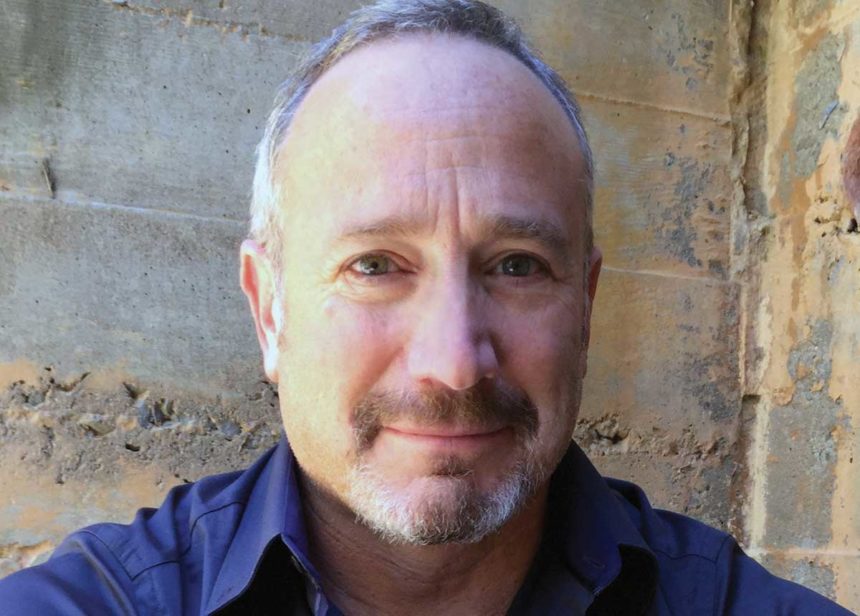Did you happen to catch the one question that got passed from speak er to speaker like a lit joint during the first Democratic presidential debate? “If elected president, would you legalize medical marijuana?” Talk about peer pressure. Every candidate, even those who claim never to have smoked pot, drew a deep breath before exhaling a clear-headed position. The short answer was a repetitious yes.
But hold on just one hemp-picking moment. Brushing partisan politics aside, let’s imagine medical marijuana being prescribed to patients as a legitimate treatment option. Will all hell break loose at CVS and Express Scripts, like some maniacal scene straight out of Reefer Madness? Not likely, according to those in the know.
Thousands upon thousands of individuals have communicated not only a desire but expressed an unmet medical need. Anecdotal reports from physicians, parents and patients (like me) suggest the therapeutic benefits of marijuana-derived cannabidiol, the non-psychoactive form, are quite real and not so easily dismissed.
Topping the list of potential medical uses are intractable epilepsy, chronic pain, cancer, schizophrenia, PTSD, traumatic brain injury, arthritis, diabetes, neuropathic pain, spasticity, multiple sclerosis, hypertension, HIV and the nausea and vomiting associated with chemotherapy. And there are others. Once substantiated, the sweeping range of therapeutic properties attributed to cannabidiol—analgesia, anti-inflammatory, anti-emetic, anti-ischemic, anti-oxidant, anxiolytic and others—would present like a drug marketer’s smorgasbord.
The mountains of evidence should provide stable footing for companies like GW Pharma, makers of cannabinoid-derived Sativex and the investigational orphan drug Epidiolex. The AMA, American Epilepsy Society and American Academy of Pediatrics, along with advocacy groups like Cure Epilepsy and the Epilepsy Foundation, have all issued positioning statements on the use of medical marijuana calling for increased access and additional research.
 These prestigious groups don’t stand alone. A January 2010 ABC News poll showed that 81% of Americans believed that medical cannabis should be legal in the United States. In December 2014, Congress and the Obama administration “quietly” ended the federal prohibition on medical marijuana. As of October 2015, 25 of 50 states have legalized medical cannabis. If that’s any indication of things to come, legalization for research purposes and therapeutic use is less a matter of when, and more a matter of how soon.
These prestigious groups don’t stand alone. A January 2010 ABC News poll showed that 81% of Americans believed that medical cannabis should be legal in the United States. In December 2014, Congress and the Obama administration “quietly” ended the federal prohibition on medical marijuana. As of October 2015, 25 of 50 states have legalized medical cannabis. If that’s any indication of things to come, legalization for research purposes and therapeutic use is less a matter of when, and more a matter of how soon.
But before we all get our hopes too, well, high, here’s a small dose of reality. Currently, the Drug Enforcement Administration has blacklisted all forms of cannabis, lumping in medical marijuana with recreational varieties. This is akin to grouping people with life-threatening diseases with Cheech and Chong. As it now stands, in order to pave the way for well-controlled clinical research—not to mention using government-supplied grant money—the DEA will need to reconsider the status of medical cannabis as a Schedule 1 substance.
Only when the legal shackles are removed can researchers objectively study the true risk/benefit profile of medicinal cannabis across a spectrum of illnesses. Naturally, the usual questions will need to be answered before anyone seeks FDA approval, much less a prescription.
Medicinal cannabis won’t work for everyone, and it shouldn’t have to. For the many people who swear by it, medical marijuana isn’t just blowing smoke.
From the November 01, 2015 Issue of MM+M - Medical Marketing and Media








